Crossing the road & other study abroad experiences in London
I want you to picture what it’s like to use a pedestrian crossing in Australia. You walk up to the sidewalk, and you press the button that signifies someone is waiting to cross. You look around, maybe check your phone, watch the traffic or observe the people standing with you at the crossing. Then you look up; the man turns green, and you cross the road.
I can imagine you are wondering right now why you are reading a blog post that is describing what it’s like to cross the road. Well, let me tell you.
I completed a three-week study abroad program in June and July at the University of Westminster in London. I know I am supposed to say that it was a life-changing experience, but instead, I’m going to be honest with you and say it was probably one of the most challenging things I have done. It wasn’t perfect, and there was more to it than just the pretty pictures I posted on social media. I got sick (both physically and for my home), I dealt with culture shock, and I felt lonely at times. In saying that, I believe it is one of the most enriching and eye-opening experiences I have had throughout my years at university. I met some interesting people from different countries, I was taught by professors who have worked in huge worldwide organisations and consequently, I gained a new understanding of concepts that have become common knowledge for me. I walked away with a refreshed perspective on communication, brands and audiences. However, I felt like this was attributed more to what I had learnt outside of the classroom rather than in it.

So, back to crossing the road. As you can imagine, while in London, I walked. A lot. On my first day, I remember standing at the crossing. I had pushed the button and was waiting for the man to go green. I looked around, and once I turned back, I realised that the man had already been green for a while. I didn’t think much of it; I figured I had been distracted. However, over the next few days, as I kept exploring, I realised that I kept missing the light go green. I would be talking to a friend, checking my phone or admiring the view and then turn back and have to dash across the road before it flicked back to red.
Then on my third or fourth day, it clicked. There was one crucial cue I missed when I described crossing the road at the start of this blog. The sound. You know that ticking sound that plays while the man is green? I never thought I took much notice of it, but apparently I did. Crossings in London don’t have that sound. When I realised, it almost felt wrong to cross the road without hearing that sound. That sound had always communicated to me that the light was green and it was safe to cross.
All of this is to say that the situation made me think about how communication can go beyond words. Also that even without a huge language barrier, there can still be differences when communicating in various cultural contexts. In a globalised communication industry, understanding cultural differences can ensure the efficiency of your messages and assist in building cross-cultural relationships.
So maybe crossing a road can seem like a silly example of the way different cultures communicate, but it was something I took with me for the rest of my trip. As I travelled throughout Europe, I took notice of the pedestrian crossings in different countries. Some had sound, and some didn’t. Some used a countdown, some didn’t. Some ran on a timer, others you needed to press a button. Or even in Austria, I noticed a green couple in love instead of a green man. So, don’t forget that sometimes your words are just one piece of the puzzle. Next time you are communicating, think about the way that non-verbal cues may be playing a part in conveying your messages and influencing your interactions too.

